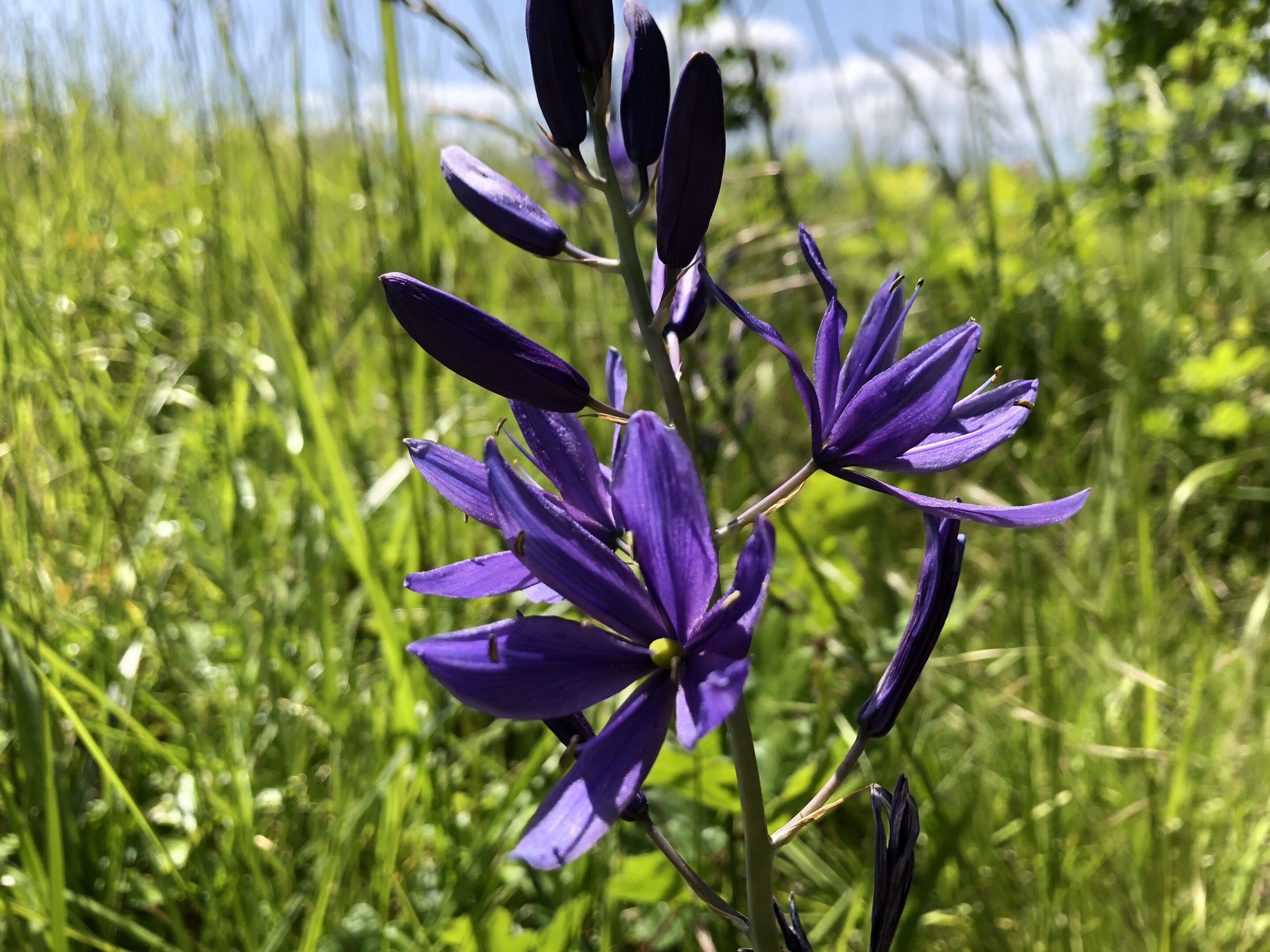An Oregon State University study has found evidence that Indigenous groups in the Pacific Northwest were intentionally harvesting edible camas bulbs at optimal stages of the plant’s maturation as far back as 3,500 years ago.
The findings contribute to the growing body of research around Traditional Ecological Knowledge and practices, demonstrating the care and specificity with which Indigenous groups have been stewarding and cultivating natural resources for millennia. The work is published in The Holocene journal.
Camas is an ecological and cultural keystone, meaning it is a species on which many other organisms depend and that it features prominently within many cultural practices.
“If you think about salmon as being a charismatic species that people are very familiar with, camas is kind of the plant equivalent,” said Molly Carney, an assistant professor of anthropology in OSU’s College of Liberal Arts and lead author on the study. “It is one of those species that really holds up greater ecosystems, a fundamental species which everything is related to.”


